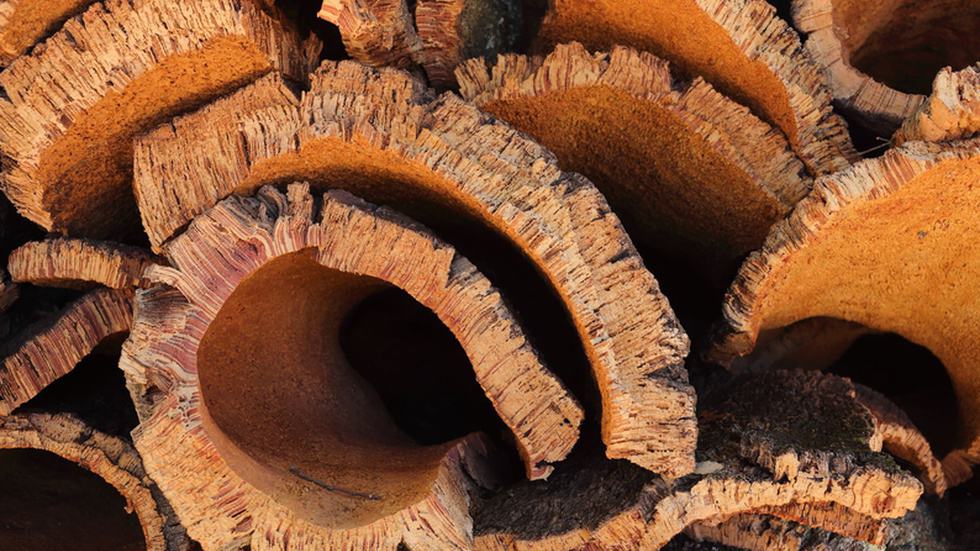The cork oak is a protected species that has stood out on the national scene, for being the only one capable of producing cork, with the economic value associated with it, and for its determining ecological role in maintaining biodiversity.
The direct and indirect goods provided by the cork oak and the economic exploitation of cork make it a production system for economic, environmental and cultural goods.
Portugal is the world's largest producer of cork and cork products are one of the most valuable national exports.
And why is cork so often classified as a national treasure? The answer is simple: no other material can bring together so many favorable physical and chemical characteristics, which give it its uniqueness, and enjoy privileged status in the forestry economy of the European Union.
Among the properties, its lightness, its characteristics as a thermal and acoustic insulator, its impermeability to liquids and gases stand out, which justifies its success in the manufacture of stoppers.
It is also capable of compression and elasticity, allowing endless applications in the wine industry and others, in construction and, more recently, in fashion.
In environmental terms, its presence is very favorable, as it is slow burning, having a natural resistance to forest fires.
Regarding the chemical composition of cork, which helps us to understand these properties, it consists, on average, of 45% suberin, 27% lignin, 12% polysaccharides, 6% ceroids and 6% tannins.
Its main component, suberin, forms the walls of cork cells, giving it a unique structure that prevents the passage of water and liquids in general, as well as gases.
It is also insoluble in alcohol, ether, concentrated sulfuric acid, hydrochloric acid, among other solvents.
Since cork is a forestry product of great importance to the national economy, every effort should be made to improve and increase its production, investing continuously in the study and execution of projects in the cork oak area, in particular in projects research in the area of forestry improvement and goods and services associated with the cork oak areas, leading to an increase in technological development and with a view to obtaining new innovative products, based on cork as a raw material.
Author: Ivone Fachada is the executive director of the Centro Ciência Viva de Bragança.
Postgraduate in History of Science and Science Education at the University of Aveiro and University of Coimbra (attendance of an interdisciplinary doctorate).
Master in Nature Management and Conservation from the University of Azores.
Degree in Forestry Engineering from the Polytechnic Institute of Bragança.
Member of ScicomPt – National Science Communicators Network, being part of the Board of this Association between October 2017 and May 2020.
Teacher trainer, accredited by the Scientific and Pedagogical Council for Continuing Education in the domains: “A64- Environmental Sciences” and “D08 – Environmental Education”.
Author or co-author of more than thirty articles in journals, conferences and book chapters.





















Comments